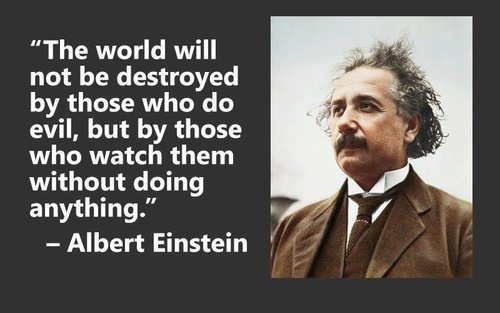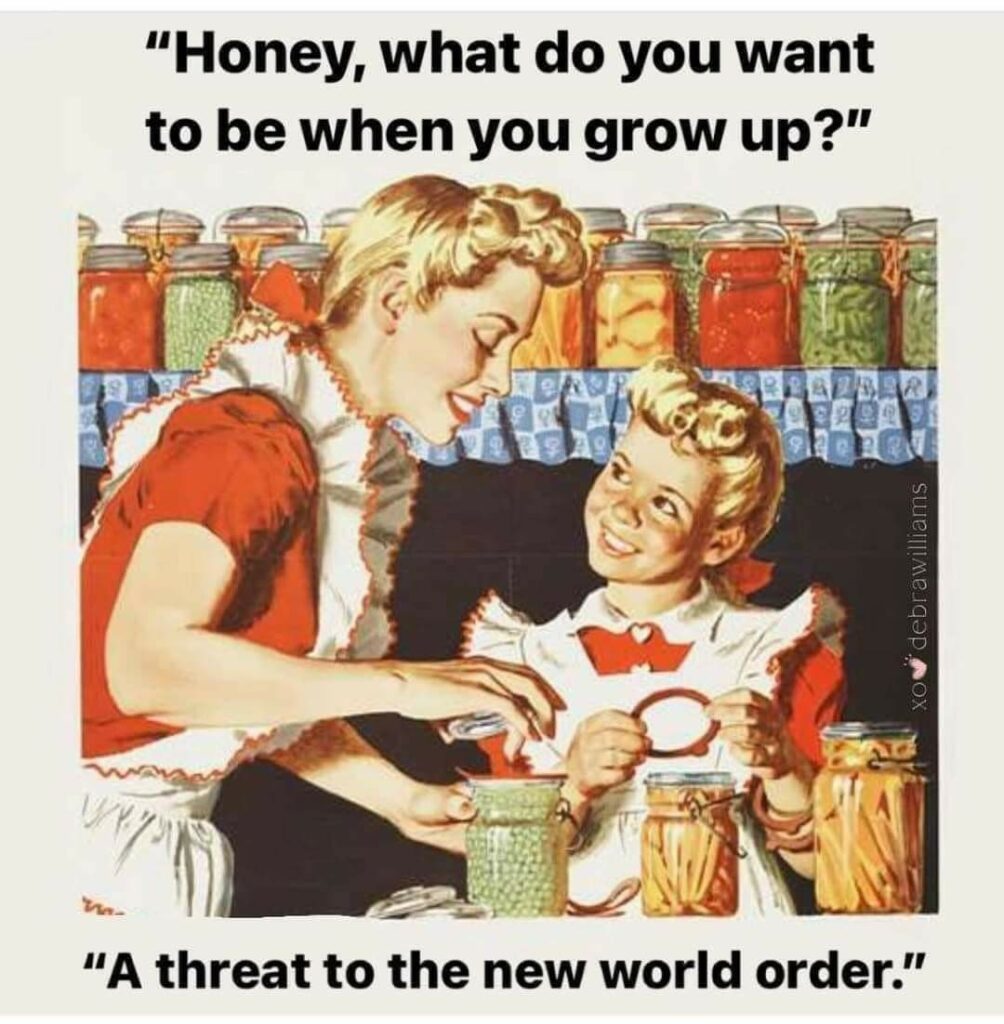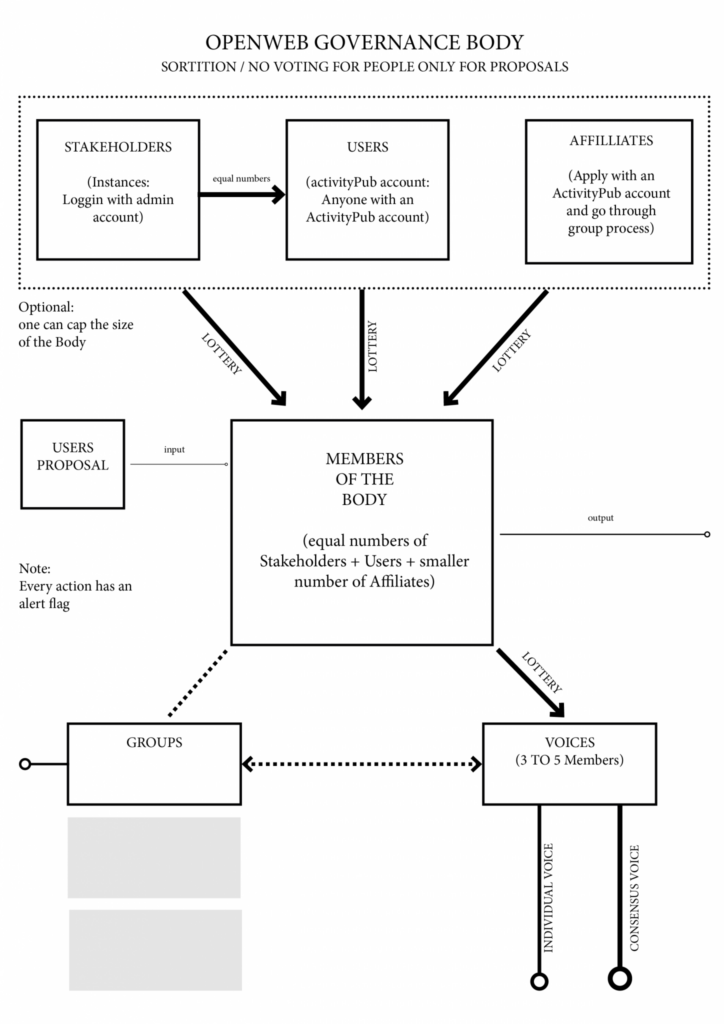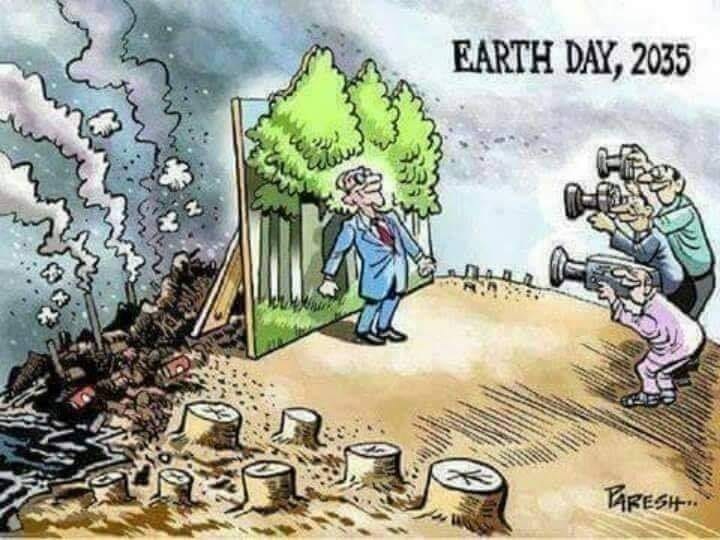Our everyday, often dogmatic “common sense” in capitalism disregards the history of socio-economic material conditions, #classwar, #ecocide, debt, slavery, violence, and oppression. In this we are currently blinded by the myth that there is no alternative to the current crap and broken system, this willfull blindness blinds us and obscures the brutal realities, pushed out of sight, on the edge of our “privileged” western lives. The narrative is too often of inevitability, the market logic pushing us down the path of extinction is natural and unchangeable. So, what can we do? It becomes obverse that we need to change this “common sense”, how do we do this?
To understand why capitalism cannot be reformed into an ethical system, we need to delve into its history. Capitalism always thrives on exploitation and inequality, the wealth of the few is built on the backs of the many, over the last 40 years, after the decades of hard moving away from 20th century social democracy this has accelerated into view.
Class War: The division between the working class and the ruling class has is stark, with the latter using their power to maintain and increase their wealth at the expense of the former. This struggle is not just economic, but also a political and social battle, deeply embedded in the fabric of our societies.
#Ecocide: Capitalism’s dogmatic pursuit of “profit” leads to environmental degradation, which now grows at on an unprecedented scale with the blinded pushing of #climatechaos. It’s simple, the logic of endless growth is incompatible with the finite resources of our planet. This drive for the illusion of total control leads to a legacy of destruction that we are now have to begin to reckon with.
Debt and Slavery: The modern economy is built on a foundation of debt, trapping people and “nations” in cycles of dependence and exploitation. This mirrors the historical use of slavery, where human lives were commodified and controlled to serve the interests of capital. While the forms of exploitation have changed, the underlying power dynamics remain the same. From colonial conquests to modern-day policing, violence is a tool of the capitalist system to suppress dissent and build control.
The liberal attempts to reform capitalism have failed because the system’s core is fundamentally unethical. Reforms serve to placate dissent without addressing the root inequality and exploitation. This band-aid approach leaves the structural issues intact, allowing them to fester and re-emerge in new forms we see today.
Economic Inequality: while making lives meaningful for meany people, wealth redistribution measures, such as progressive taxation or social welfare programs, do little to challenge the accumulation of capital by the worst people. When the cycle of boom and crash comes round, these measures are rolled back and undermined, highlighting the difficulty of enacting lasting change within the capitalist path.
Environmental Initiatives: Green capitalism, focus on sustainable business practices and eco-friendly products, fails to address in any way, the systemic drivers of environmental degradation. It results in greenwashing, where the appearance of sustainability masks ongoing ecological harm. It’s not working and is not going to work.
Social Reforms: While social justice movements have achieved victories, they face fierce resistance and are limited by the capitalist context in which they operate. True social change requires a fundamental shift in the distribution of power and resources #KISS
Today, we are at a juncture, the choice is simple: continue down the path of capitalist “common sense” with its smoke and mirrors and building crises, or embark on a journey towards a different, equitable, and sustainable future. This shift requires collective action, imagination, and the courage to change and challenge entrenched holders of power. The revolutionary calls for a new global movement established outside the collapsing system, ready, willing, and able to build examples of this alternative, so people have options to move away from the blinded “common sense”. In this change, we don’t actually have any choice!
#OMN #Revolution #NewFoundations #EndCapitalism #SustainableFuture #CollectiveOwnership #Degrowth #RadicalDemocracy #UniversalBasicServices #NonviolentChange #GlobalMovement #R21C #OGB
You can help make this happen https://opencollective.com/open-media-network



